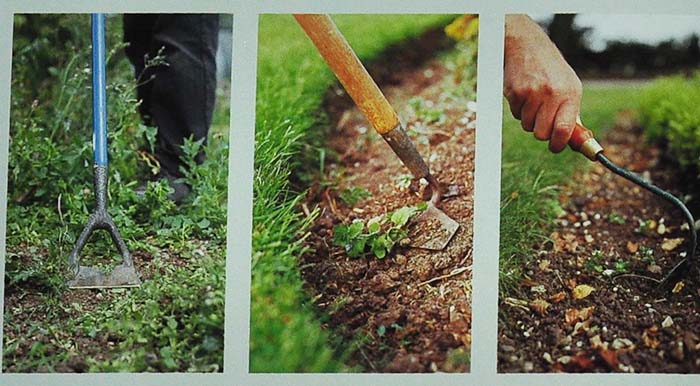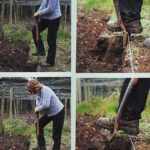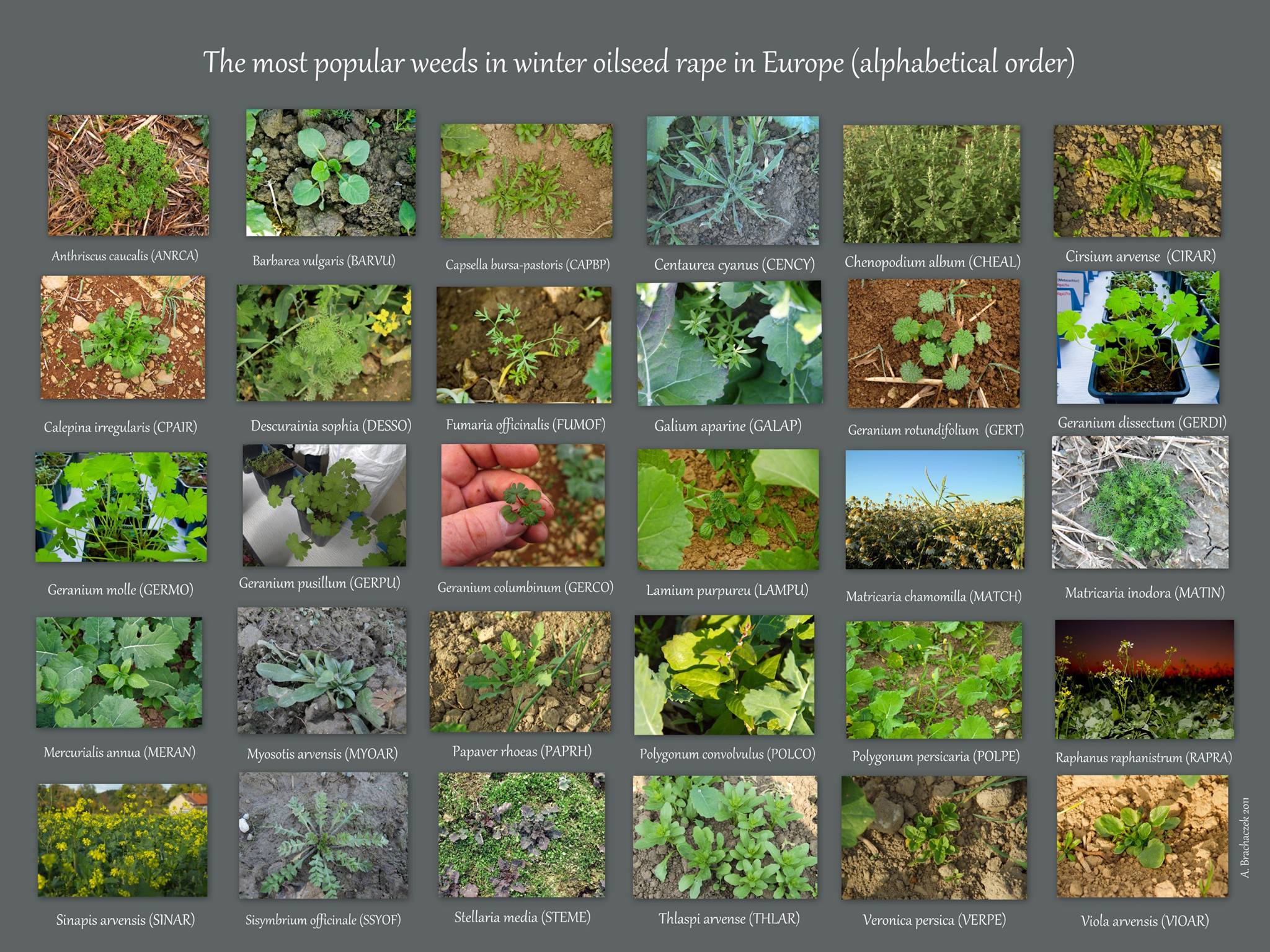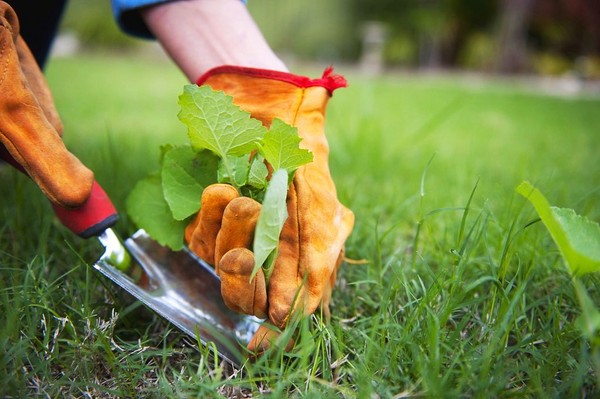 Motykowanie.
Motykowanie.
Przystępując do motykowania warto mieć pod ręką osełkę. Tępe ostrze z pewnością nie ułatwi nam pracy.
Istnieje kilka rodzajów motyk różniących się kształtem i wielkością ostrza oraz długością trzonka. Motyka holenderska doskonale nadaje się do odchwaszczania.
Stojąc w pozycji wyprostowanej, energicznie uderzamy motyką, odcinając chwasty od ich korzeni.
Najczęściej korzystam z motyki w ogródku warzywnym, kiedy chcę, by wolne powierzchnie ziemi pozostawały czyste. W takich miejscach należy zachować dużą ostrożność, by nie poprzecinać roślin uprawnych lub ich korzeni.
Niektórzy ogrodnicy w podobnych miejscach wolą motyki o ostrzach ustawionych pod kątem prostym w stosunku do trzonka i połączonych z nim wygiętą szyjką. Takimi motykami możemy podcinać glebę znacznie precyzyjniej w okolicach roślin uprawnych.
Motykowanie służy przede wszystkim usuwaniu chwastów jednorocznych, chociaż motyką możemy także odcinać odrosty chwastów wieloletnich. W wypadku tych ostatnich zabieg sprawdza się tylko wówczas, gdy wykonujemy go regularnie. Kiedyś bardzo dokładnie przekopałem część ogrodu porośniętą szczawikiem (Oxalis corymbosa). W ciągu pierwszego roku motykowałem zagon raz w tygodniu; w następnym roku już co dwa tygodnie.
Przebieg motykowania:
1. Motyka holenderska doskonale nadaje się do odchwaszczania. Znacznie ułatwimy sobie pracę, przystępując do motykowania, kiedy chwasty są jeszcze młode. W wypadku bardziej wyrośniętych praca wymaga więcej wysiłku.
2. Motyką o ostrzu ustawionym pod kątem prostym w stosunku do trzonka łatwiej usunąć pojedyncze kępy chwastów. Możemy podcinać nią rośliny dużo mocniej i bardziej precyzyjnie niż motyką holenderską.
3. Motyki o krótkich trzonkach najlepiej sprawdzają się w miejscach, do których dostęp jest ograniczony, i podczas prac wymagających większej precyzji.








